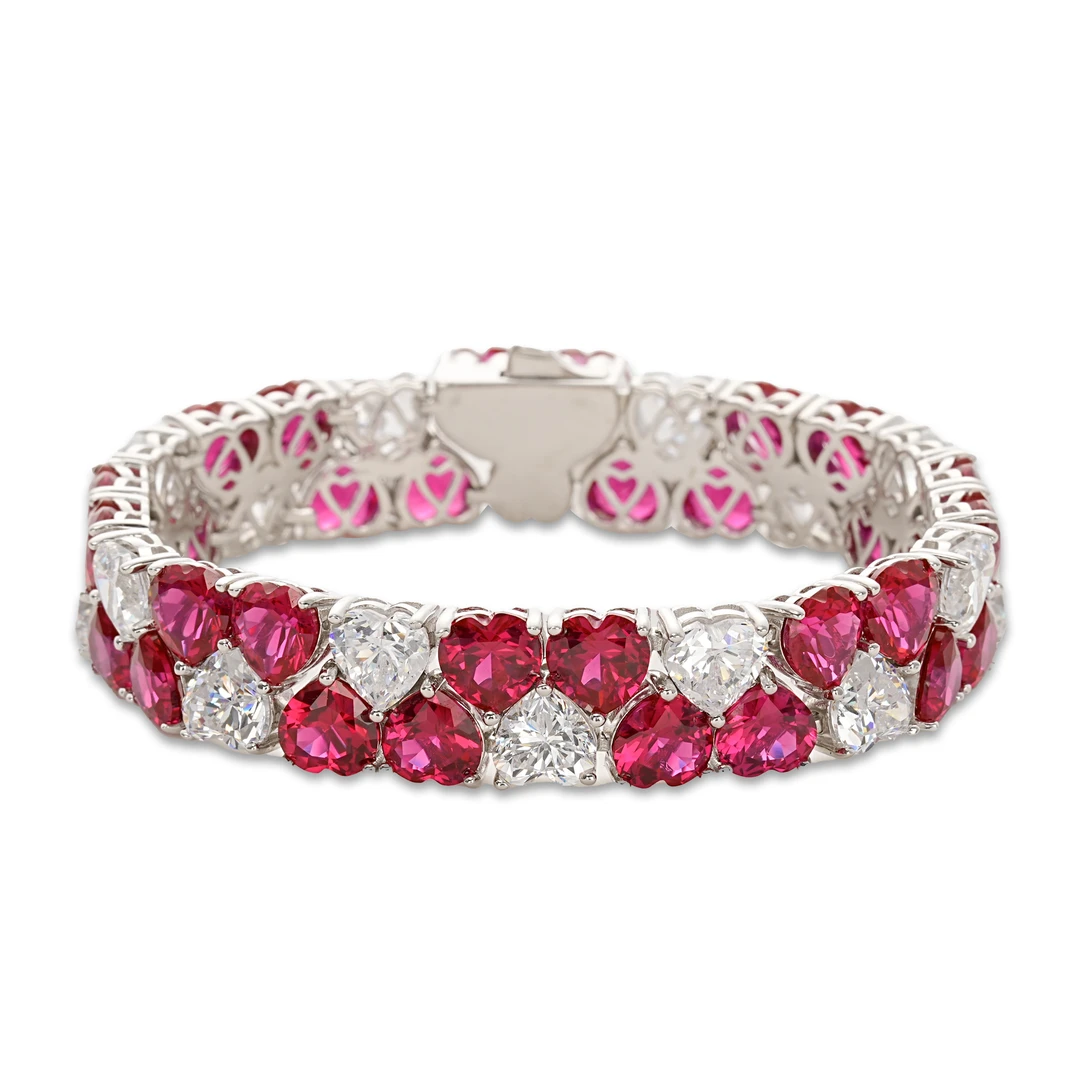In 2025, European and American countries are facing multiple challenges such as slowing economic growth, continued inflationary pressure, deepening sustainable consumption concepts, and changes in social values.
The political environment in the United States focuses on gender equality, environmental policies and corporate social responsibility, and consumers are more inclined to choose consumption behaviors that are in line with their values.Economic fluctuations have prompted people to re-examine the consumption model of luxury goods, and the jewelry field presents the following trends:
- Rational consumption: focus on the practicality and value preservation of jewelry, and prefer classic styles that are suitable for multiple scenarios;
- Value-driven: support environmentally friendly brands, second-hand jewelry markets and design concepts related to women's empowerment;
- De-symbolic expression: weaken conspicuous consumption and emphasize the deep fit between jewelry and personal temperament.

Wearing suggestions: How jewelry can become a carrier of economy and values
- Choose multi-functional jewelry: adapt to the needs of multiple scenarios under a tight economy
Against the background of increasing economic uncertainty, it is recommended to choose convertible designs (such as necklace/bracelet dual-use models, detachable pendants) or neutral-toned gemstones (such as morganite and moonstone).This type of jewelry can not only meet the simple needs of the workplace, but also adapt to formal occasions such as dinner parties by stacking accessories, achieving the cost-effectiveness of "one item for multiple uses".
Example: Wear an 18K gold chain with a detachable diamond pendant, as a minimalist clavicle chain during the day, and stack a pearl layered chain at night to enhance the sense of luxury.

Avoid lightning: Avoid buying fragile materials with high maintenance costs (such as opals), or exaggerated styles that are only suitable for a single scene.
2. Embrace second-hand and vintage jewelry: balance between environmental protection concepts and asset preservation The second-hand jewelry market has become the mainstream choice of the European and American middle class in 2025. Its advantages include: Environmental value: reducing the damage to the environment caused by mineral mining, in line with the policy orientation of the EU's "Circular Economy Action Plan";
Investment attributes: Antique jewelry (such as platinum diamond brooches from the Art Deco period) has better anti-inflation ability than fast fashion accessories;
Cultural expression: By wearing jewelry with historical marks (such as the commemorative brooch of the women's equal rights movement in the 1960s), it conveys attention to social issues.
Operational suggestions: Give priority to second-hand trading platforms that provide certification (such as The RealReal), and pay attention to Victorian relief jewelry with restoration guarantees or designer signatures from the 1980s.

3. Use jewelry to convey social stance: women's empowerment and localized design In the American political environment, issues such as gender equality and minority rights continue to ferment, and attitudes can be expressed through jewelry selection:
Support female designer brands: such as choosing Pomellato, which is dominated by women (such as the Iconica series worn by Jane Fonda at the awards ceremony), whose supply chain emphasizes fair pay and sustainable mining;
Localized elements: With the rise of economic nationalism, wearing jewelry made of American native mineral gems (such as Montana sapphires and California gold) can not only reduce carbon footprints, but also demonstrate cultural identity;
Symbolic design: Choose jewelry that contains feminist symbols (such as fist-shaped pendants and DNA double helix earrings) to silently echo social movements.

4. Avoid risks: High-profile wearing taboos during sensitive periods Against the backdrop of economic polarization and political polarization, the “class symbol” attribute of jewelry needs to be handled with caution:
Workplace scenarios: Avoid wearing large-carat diamonds or gold jewelry to avoid being interpreted as “showing off wealth”. Replace with laboratory-grown colored gemstones or titanium materials to maintain a sense of refinement while reducing aggressiveness;
Public activities: During strikes, protests, or hotly debated issues related to the gap between the rich and the poor, temporarily suspend wearing iconic luxury styles (such as the Cartier Love bracelet) and instead use the niche brand with abstract art designs.

Summary: Jewelry as a microscopic mirror of economy and values
In 2025, the jewelry choices of European and American women have gone beyond the scope of pure aesthetics and have become a comprehensive tool for coping with economic fluctuations, expressing political positions, and practicing sustainable living. By focusing on versatility, environmental attributes, and social value, jewelry can not only enhance personal charm, but also become a flexible medium for participating in social change.












